
Something’s happening in the beauty aisle of your local beauty store. Favorite products—some cult favorites, others everyday staples—are disappearing.
And not because of a short-lived TikTok craze or celebrity promotion. Rather, it’s the consequence of recent U.S. tariffs destabilizing the international beauty supply chain.
From K-beauty skincare serums to French perfumes, the products you’ve grown accustomed to are disappearing.
As companies struggle with higher costs and procurement issues, consumers ask: why the vanishing act now? Read on to discover what’s really going on.
The Tariff Tangle

In 2025, America implemented tariffs of 145% duty on Chinese imports and a standard 10% tariff on everyone else. This has shaken the beauty industry, which is deeply dependent on global ingredients and packaging.
Brands are having to make some unpleasant choices — from charging customers more to completely removing products from shelves. The result? Customers are noticing significantly lower product availability.
Global Supply Chains Under Strain

The beauty industry’s dependence on the global supply chain has also rendered it a tariff recipient. Its staple materials, like Europe’s packaging and China’s niacinamide, are now more expensive to import.
That has increased production costs and, in other instances, product recall. Customers will miss their favorite products, some of which will have even been altered by formula changes.
K-Beauty’s U.S. Retreat
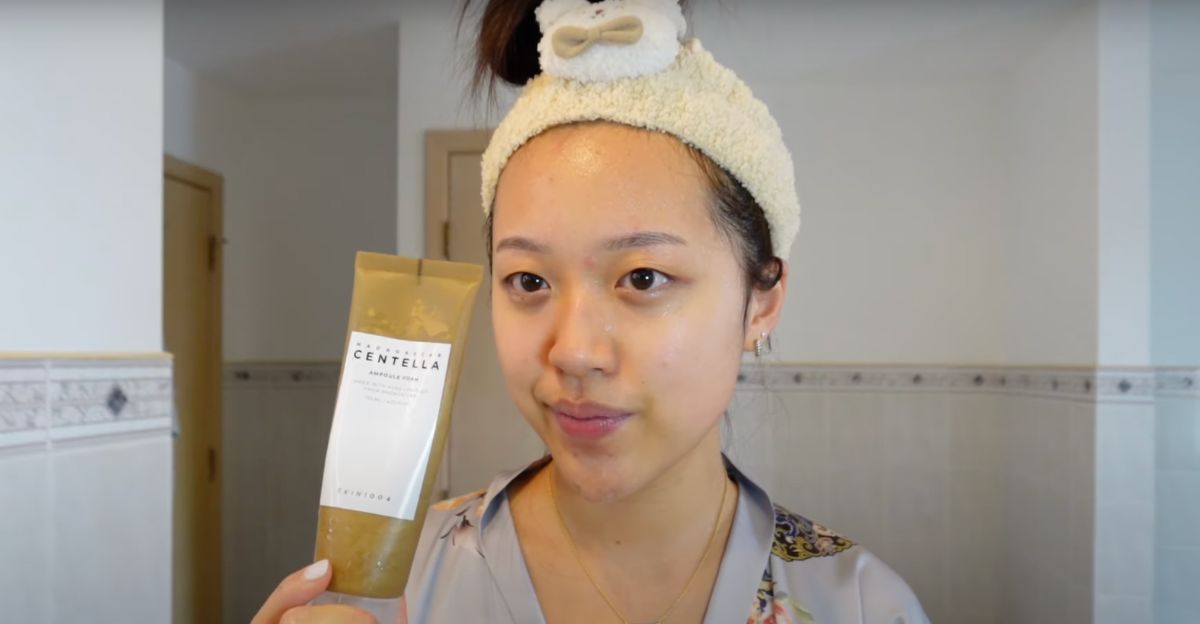
South Korean skincare,whose quality and innovation have made them global favorites, have been hit hard by the new tariffs.
They are no longer duty-free, having lost that privilege under trade agreements. Laneige and Innisfree are reconsidering U.S. market entry, leaving fewer best-selling options available.
French Fragrance Fades
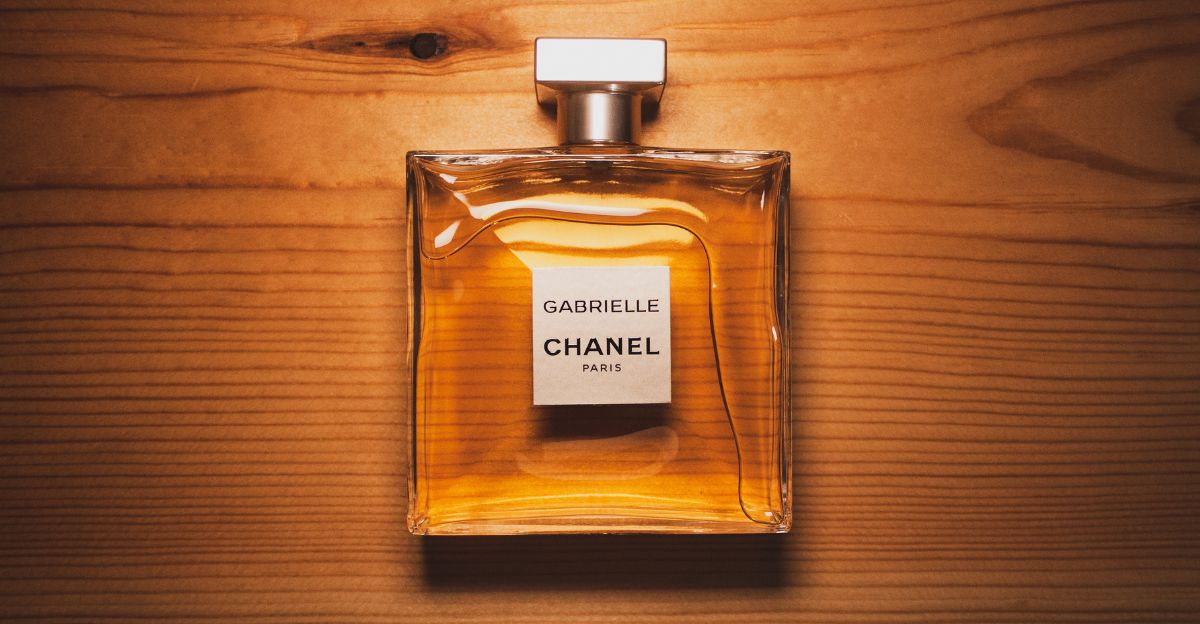
France, the luxury fragrance market leader, hasn’t been spared either. Tariffs imposed on imports have weighed heavily on French perfume manufacturers, making it difficult to sustain business in the United States.
Consumers will increasingly struggle to buy traditional fragrances as manufacturers have reduced distribution or raised prices to offset costs.
The DIY Beauty Boom
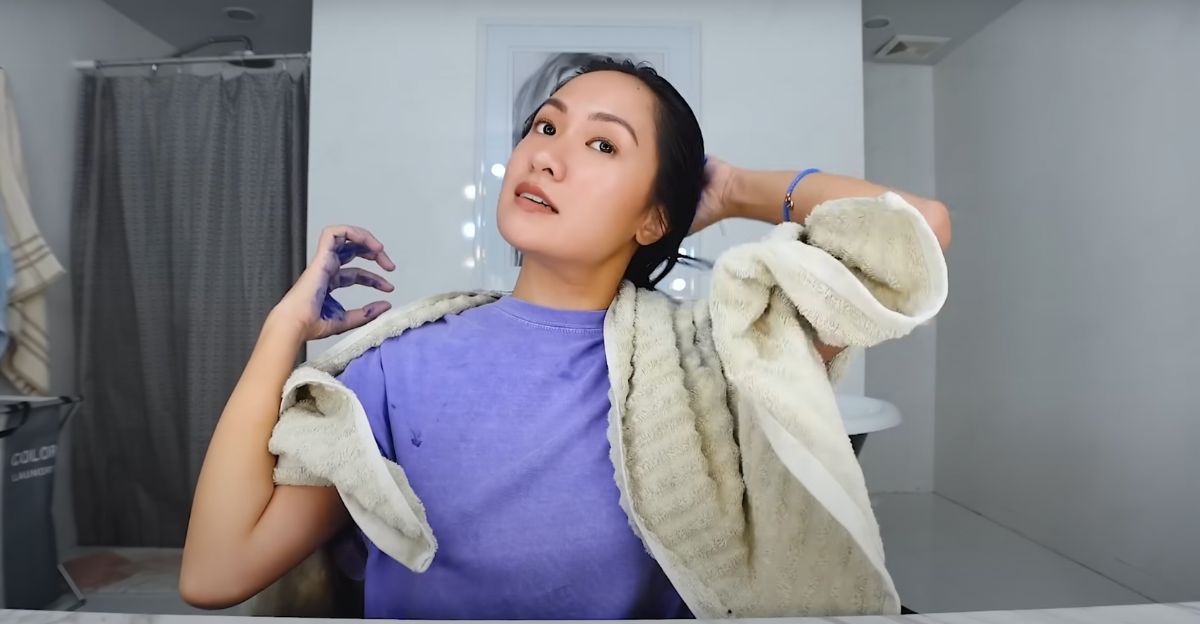
With the cost of salon visits getting ever higher due to the rising cost of foreign products, more Americans are turning to DIY beauty.
From at-home hair color kits to DIY facials, the trend keeps growing. And it reflects both rising prices and shifting consumer behavior during economic uncertainty.
Ingredient Shortages and Reformulations

Tariffs produced shortages of essential ingredients, forcing brands to reformulate their products. This creates inconsistencies in product effectiveness and consumer satisfaction.
Brands are looking at potential alternative ingredients or importing from alternative geographies, but these changes take time and often fail to replicate the original product experience.
Packaging Problems
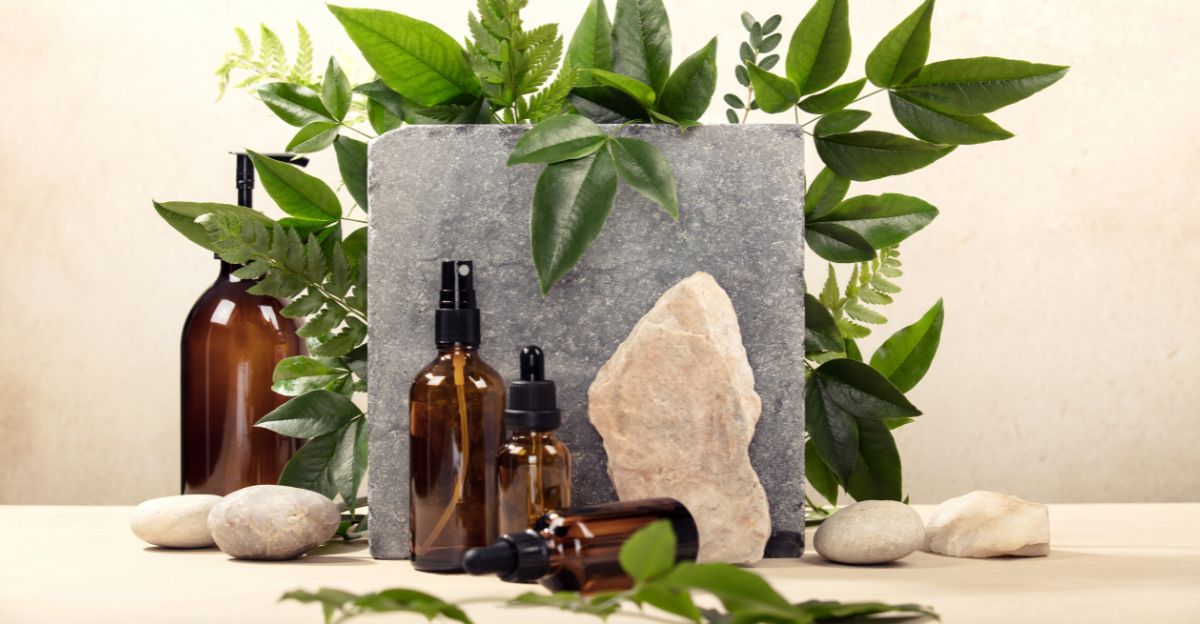
In addition to ingredients, packaging material is also being impacted. Tariffs imposed on metals and plastics imported into the country have made production more costly for cosmetics.
Firms are simplifying packaging or opting to use local products, changing the look and feel of the product. This may influence how consumers perceive and interact with products, impacting reputation and sales.
The Rise of Local Brands

With multinational brands reeling, local beauty firms are filling in. Local companies can provide more consistent prices and stock availability, which appeals to consumers seeking alternatives.
The trend is a chance for local businesses to gain market share and establish themselves in the industry.
Consumer Adaptation

Consumers are reacting to the evolving beauty landscape by experimenting with new products and modifying their routines.
Some are adopting simpler skincare regimens, and some are testing new brands. Consumer adaptability is key to how the industry navigates these challenges.
Economic Implications

The beauty industry’s challenges echo broader economic effects of tariffs. The impacts could lead to job losses, reduced innovation and consumer spending.
While the industry finds its way through this, longer-term effects on the economy and consumer habits are still to be determined.
Policy Responses

Industry operators are calling for policy reform to help soften the tariff effect. Tariff concessions and trade talks are part of ongoing efforts to stabilize the market.
What occurs in these negotiations will essentially determine the future of the beauty industry.
Looking Ahead

Beauty is at a crossroads, struggling with issues that require tenacity and adaptability. Consumers and companies must cope with a fluid climate where price and availability fluctuate constantly.
How the industry responds to these issues will shape its future for the next several years.
Last Thoughts
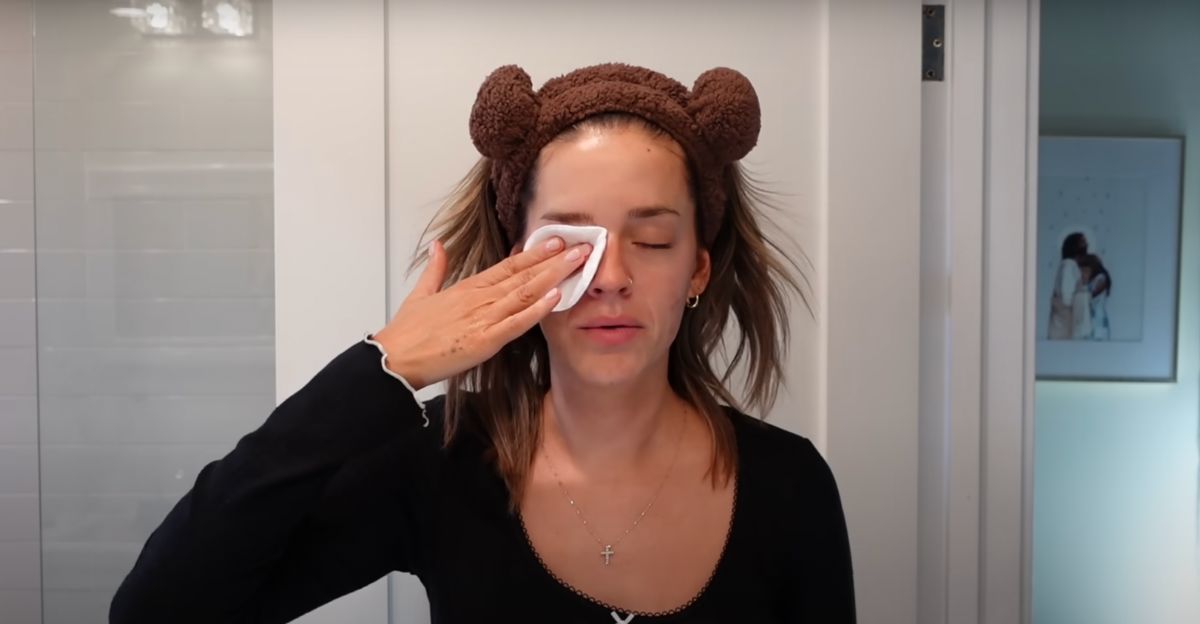
As tariffs redefine the beauty industry, it helps to know your stuff. Consumers might need to search for new products and be flexible, while brands need to innovate and think outside the box to stay in the game. The transition highlights how global trade shapes everyday consumer life.
